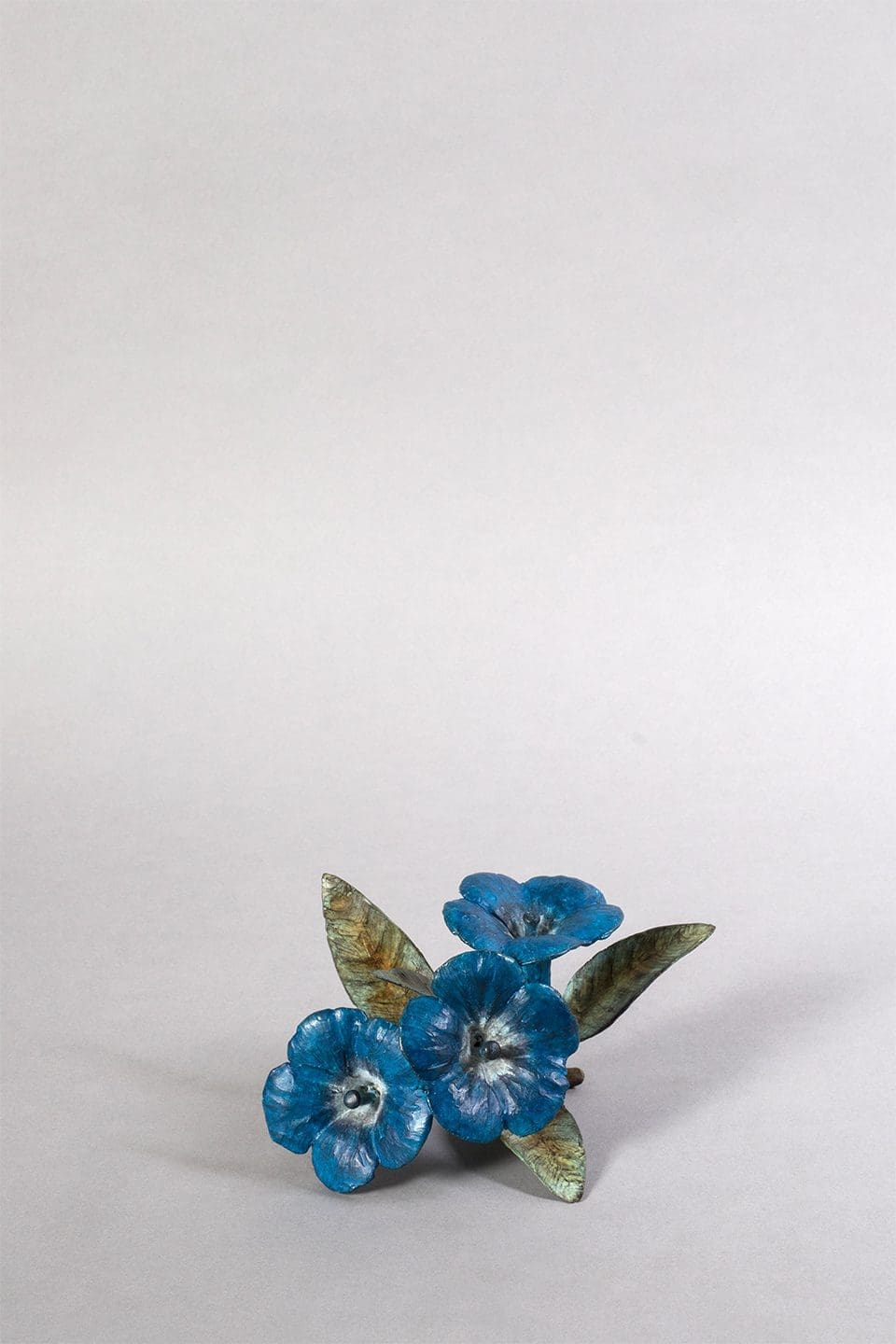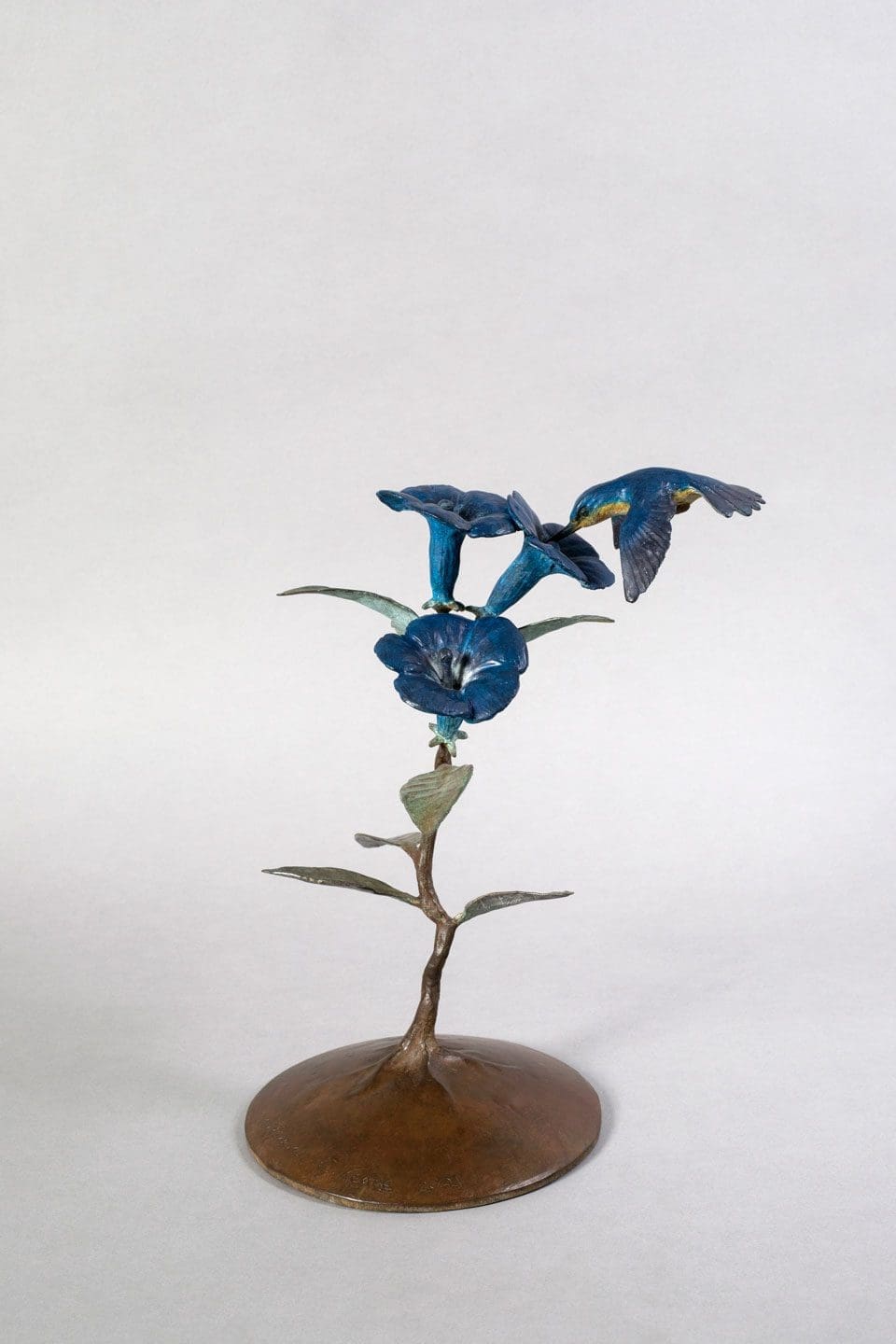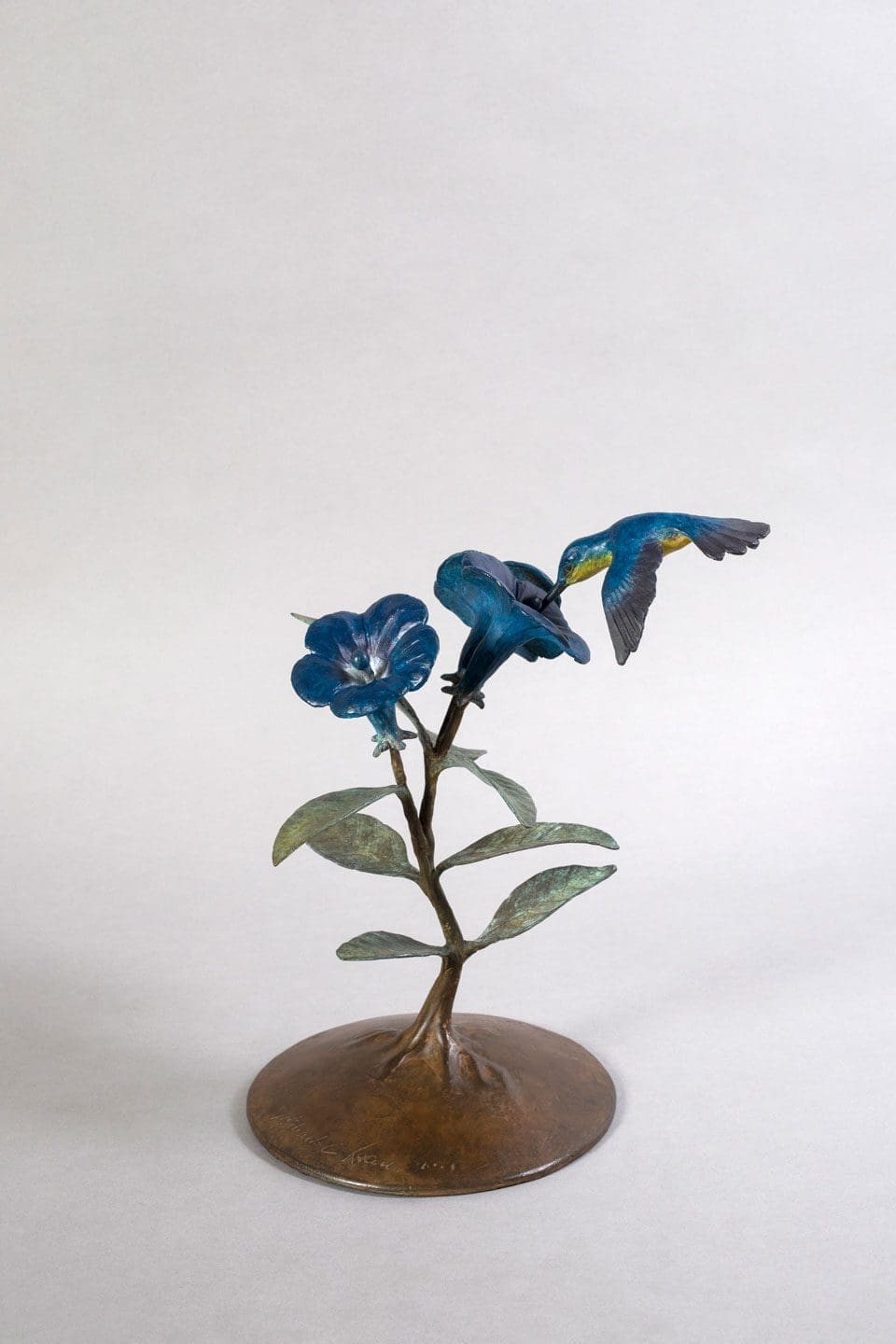

Hummingbirds: Some Interesting Facts
Hummingbirds have tongues that are grooved like the shape of a “W”. They have tiny hairs on their tongues to help them lap up nectar, similar to cats. A hummingbird’s bill is longer in proportion to its body compared to other birds. Hummingbirds have no sense of smell, but can hear much better than humans. Hummingbirds are attracted to all bright colors, although red is most prominently associated with these tiny birds. Hummingbirds see in ultraviolet light and they can see further than a human.
Hummingbirds have a great memory – they remember every flower & feeder they’ve been to, and how long it will take a flower to refill. Their brains make up 4.2% of their body weight. Proportionally speaking, they have the largest brains of the wild bird group.
Hummingbirds are the only birds that can fly up, down, sideways, forwards, and, backwards! Hummingbirds are the second largest family of birds with over 300 species. Hummingbirds have weak feet – they mainly use them just for perching. When food is scarce and they are fatigued, hummingbirds go into a hibernation-like state (also known as torpor) to conserve energy. A baby hummingbird is roughly the size of a penny and is unable to fly. Their average lifespan is 5 years, but they have been known to live for more than 10 years. Hummingbirds fly at an average speed of 25-30 miles per hour, and are able to dive at a speed of up to 50 miles per hour. Some hummingbirds will travel over 2,000 miles twice a year during their migration. A hummingbird’s heart beats up to 1,260 times per minute.
Hummingbirds do not mate for life.
Courtesy of: birdsandblooms.com







